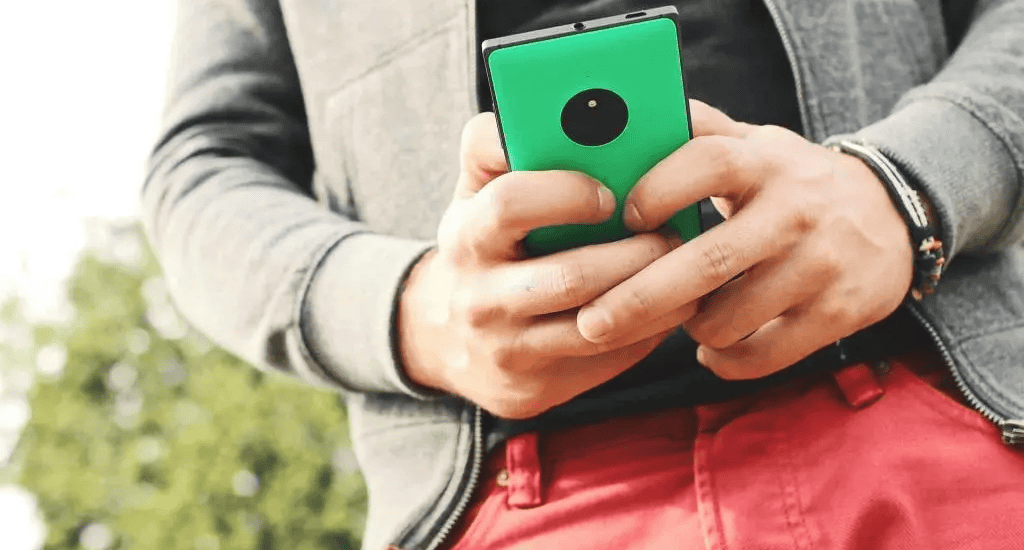6 Experts Share Their Push Notifications Strategy For User Engagement
- October 18, 2016
- Posted by: Smruti Hingnikar
- Category: Healthcare App Development

According to data, push notifications boost app engagement by 88%.
In order to leverage push notifications, one needs the right strategy for user retention and engagement. Push notifications shouldn’t exist just for the sake of it, instead, they should solve a purpose of engaging and retaining the existing users.
We asked some of the successful tech entrepreneurs about their push notifications strategy and how they optimized their tech products.
#1 A passive way of communicating with users
Diogo S Melo, founder at Thoughts Feels Good
Using push notifications is a tricky subject, particularly in our app because one of our values is not being intrusive! So we had to find a balance between using them in such a way they wouldn’t be intrusive, or being as less intrusive as possible. No doubt they are very important to any app development company, it’s an easy way to communicate directly to your users, but receiving lot’s of push might make users turn them off or worst, uninstall your app. So this is why we needed to be cautious about this.
What we did was implementing a system of push notifications that are progressively adding time between them. For example, you receive our first push 2 days after installing our app, in case you didn’t start using it, than, if you keep on not using it, only one week after the first push we will send you another one, the third push only 2 weeks from the previous one, and when we reach a month we stop sending push, it is a clear sign that user is not going to use our app, so we won’t be bothering him any longer. We use this progressive system for different actions in our app.
#2 Correct timings are the key to user retention
Eric Karjaluoto, founder at Officehours
Our approach is to use notifications sparingly and judiciously, so we don’t bug our members. As such, we only send notifications when doing so is critical. For example, we remind members in advance of a session starting. We also reach out to ensure that their first session went as they hoped (so we can fix the problem if there is one).
I’m sure there are many other approaches to this, which are much better than ours. For example, mobile game companies seem highly adept at drawing my kids back into their apps. That said, we’re just doing something different than that.
#3 Make users more productive with notifications
Amir Salihefendic founder and CEO at Doist
The old way of optimizing push delivery was through hard coded rules, A/B tests or simple models. These old methods were time-consuming, inefficient, and not personalized for the user. In today’s world, it’s all about adding smartness to systems.
For example, we are experimenting with a neural network that can learn – based on millions of sessions and hundreds of variables — to predict what notification would be useful to which user. We think that machine learning/AI will let us create a network that optimizes onboarding for individual users and helps them become more productive with notifications that truly fit their context.
#4 Push notifications strategy should not be intrusive to the users
Brian Petro, growth hacker at AngularJobs.com
By using location targeting and even simple keyword targeting, advertisers can make push notifications seem really intrusive to users.
Because the engagement of push notifications is unprecedented, advertisers need to be sure to provide an unprecedented amount of value when leveraging them. Push notifications have the potential to be the most effective direct marketing route we have seen yet.
#5 Push notifications increase user engagement
Frederic Voyer, CEO at Swaaap.com
Swaaap.com is a community of entrepreneurs in over 75 countries looking to buy, sell and trade with each other.
We use push notifications within Swaaap.com’s user accounts and also by email, in order to update our users on relevant activities within the platform. Push notifications have been a main factor to ensure that our users in our community are engaged and actively interacting with each other to meet each other’s business needs.
#6 Push notifications bring the user back in the app
Jake Olefsky, founder at ToodleDo
We use push notifications in our to-do list app Toodledo to send alerts to users about tasks that they have due soon. This brings users back into the app so they can see what tasks they have to finish to be more productive.
